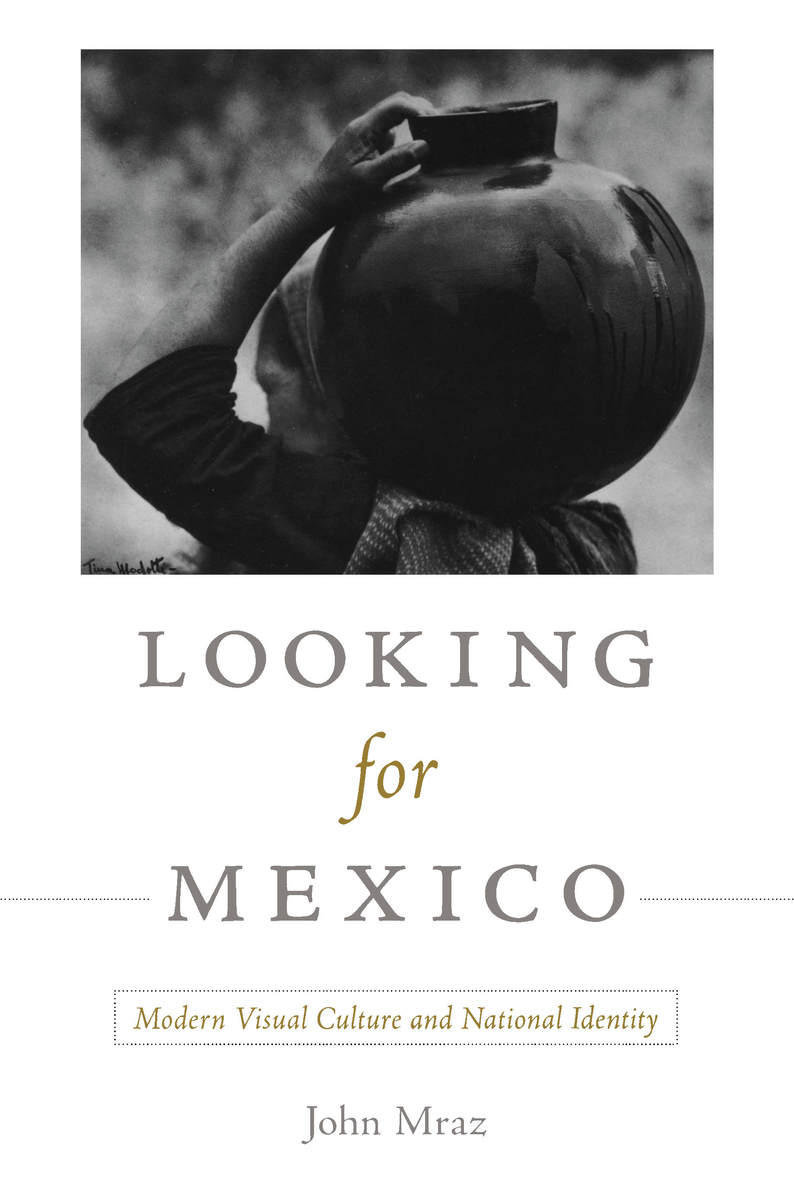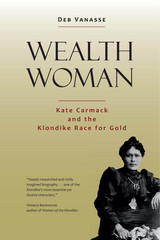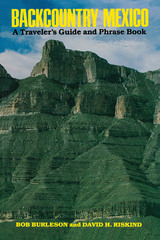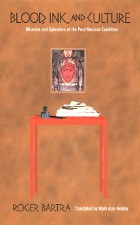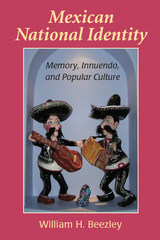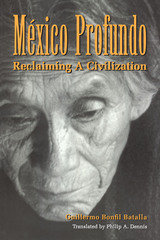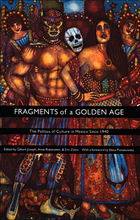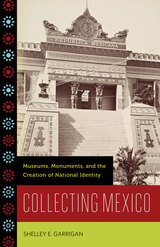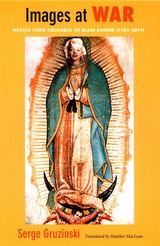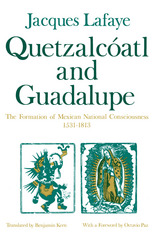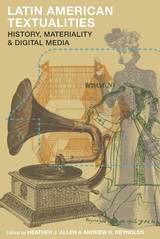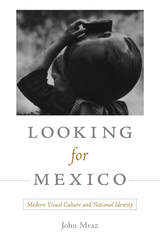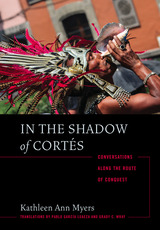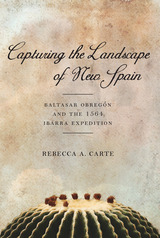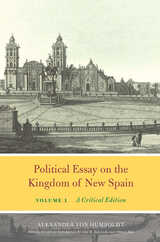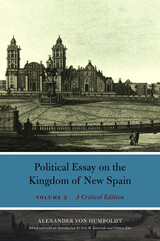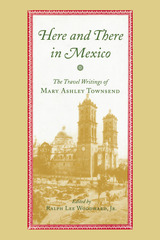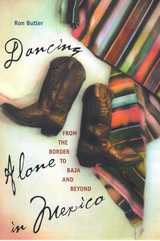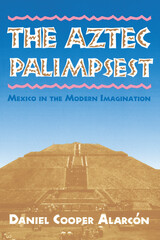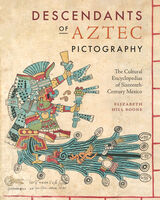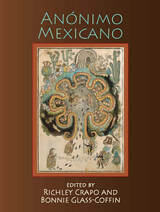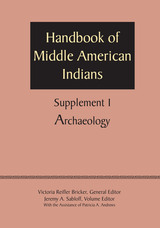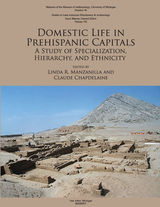“Mraz’s book constitutes a significant step in our understanding of Mexican photography in the twentieth-century Mexican landscape. The sections on contemporary photographers, from Hector Garcia to Pedro Meyer and from Manuel Alvarez Bravo to the rise of photojournalism in Mexico, are particularly noteworthy.” - Juan Javier Pescador, Hispanic American Historical Review
“To paraphrase Octavio Paz, Mexican identity is constructed of distinct races and languages, as well as of various levels of history. Mraz’s thoughtful treatment of this profound idea benefits scholars, students, and other interested readers with its near comprehensive, but necessarily abbreviated, coverage of a rich and colorful topic.” - Charles Heath, H-Net Reviews
“Looking for Mexico represents a significant advance in the fields of visual culture and Mexican history that should be read by all those interested in the construction of national identities in Latin America and beyond. . . . Accessible, engaging, and innovative, Looking for Mexico will surely find a well-deserved place on many undergraduate and graduate course outlines and become a standard work on the topic.”
- Amelia M. Kiddle, The Latin Americanist
“Mraz not only displays an encyclopedic knowledge of Mexican photography; he also proposes extremely original, insightful, and creative ways of organizing and making sense of this vast archive. . . . Looking for Mexico is brilliantly researched, passionately argued, and beautifully written. It will become the definitive history of Mexican photography. No other
available book is as broad and as informed.” - Rubén Gallo, Hispanic Review
“Mraz’s ambitious study remains of great value in providing an overview that enables the reader to make connections across a vast terrain of photographic and cinematic practice, and will no doubt inspire further investigation into the still underdeveloped field of Latin American visual studies.” - Pippa Oldfield, Bulletin of Hispanic Studies
“[T]he scope, accessibility, and argument of this important book make it a great choice for use in a course on visual culture, or a more general course on modern Mexico.” - John Lear, The Americas
"John Mraz contributes new insights to a growing body of literature that examines the role of photography and film within the "renaissance" that emerged in the aftermath of the Mexican Revolution of 1910…. [T]he book is written in an easily accessible and engaging style…. Looking for Mexico brings together a provocative array of images and image-makers." - Adriana Zavala, Visual Resources
“No one is better qualified to present and analyze Mexico’s vast visual archive than John Mraz, and he does so with great finesse. Drawing a broad arch from the daguerreotype to digitalization, he successfully links the past to the present in ways that only one as knowledgeable as he could accomplish.”—Eric Zolov, author of Refried Elvis: The Rise of Mexican Counterculture
“Looking for Mexico represents a significant advance in the fields of visual culture and Mexican history that should be read by all those interested in the construction of national identities in Latin America and beyond. . . . Accessible, engaging, and innovative, Looking for Mexico will surely find a well-deserved place on many undergraduate and graduate course outlines and become a standard work on the topic.”
-- Amelia M. Kiddle The Latin Americanist
“[T]he scope, accessibility, and argument of this important book make it a great choice for use in a course on visual culture, or a more general course on modern Mexico.”
-- John Lear The Americas
“Mraz not only displays an encyclopedic knowledge of Mexican photography; he also proposes extremely original, insightful, and creative ways of organizing and making sense of this vast archive. . . . Looking for Mexico is brilliantly researched, passionately argued, and beautifully written. It will become the definitive history of Mexican photography. No other
available book is as broad and as informed.”
-- Rubén Gallo Hispanic Review
“Mraz’s ambitious study remains of great value in providing an overview that enables the reader to make connections across a vast terrain of photographic and cinematic practice, and will no doubt inspire further investigation into the still underdeveloped field of Latin American visual studies.”
-- Pippa Oldfield Bulletin of Hispanic Studies
“Mraz’s book constitutes a significant step in our understanding of Mexican photography in the twentieth-century Mexican landscape. The sections on contemporary photographers, from Hector Garcia to Pedro Meyer and from Manuel Alvarez Bravo to the rise of photojournalism in Mexico, are particularly noteworthy.”
-- Juan Javier Pescador Hispanic American Historical Review
“To paraphrase Octavio Paz, Mexican identity is constructed of distinct races and languages, as well as of various levels of history. Mraz’s thoughtful treatment of this profound idea benefits scholars, students, and other interested readers with its near comprehensive, but necessarily abbreviated, coverage of a rich and colorful topic.”
-- Charles Heath H-Net Reviews
"John Mraz contributes new insights to a growing body of literature that examines the role of photography and film within the "renaissance" that emerged in the aftermath of the Mexican Revolution of 1910…. [T]he book is written in an easily accessible and engaging style…. Looking for Mexico brings together a provocative array of images and image-makers."
-- Adriana Zavala Visual Resources
